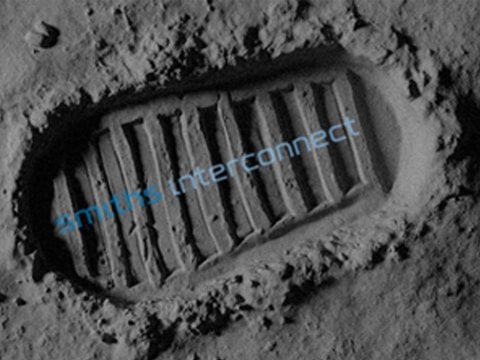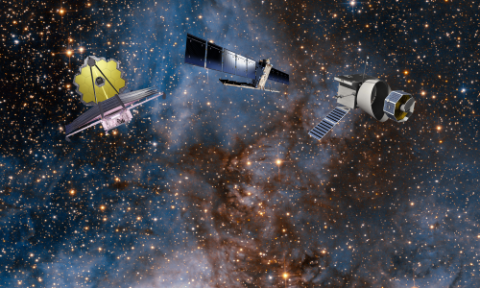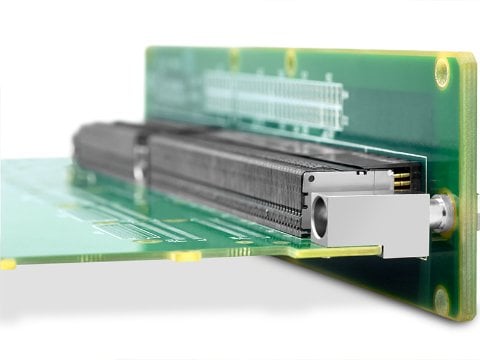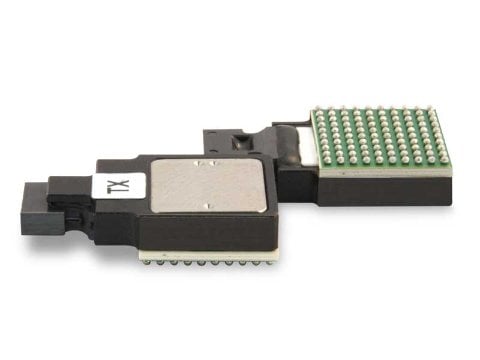- Fits standard size 12 contact cavities for MIL-DTL-38999
- Multimode applications 50/125 and 62.5/125
- Insertion loss: 1.0 dB (Typical)
- Increased protection for fiber face
- Reduced influence from dirt, debris and vibration
- Simple cleaning
Expanded Beam Fiber Optic Contact technology is specifically designed to fit into standard size 12 cavities of MIL-DTL-38999 Series I, III and IV connectors. The size 12 contact provides a robust fiber optic interconnection with low susceptibility to contamination and fits a variety of cable types with diameters from 1.6 to 2.2 mm with additional versions available upon request. The contacts are rear release/rear removable with standard size 12 removal tool.








